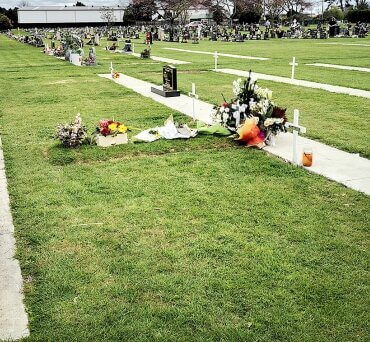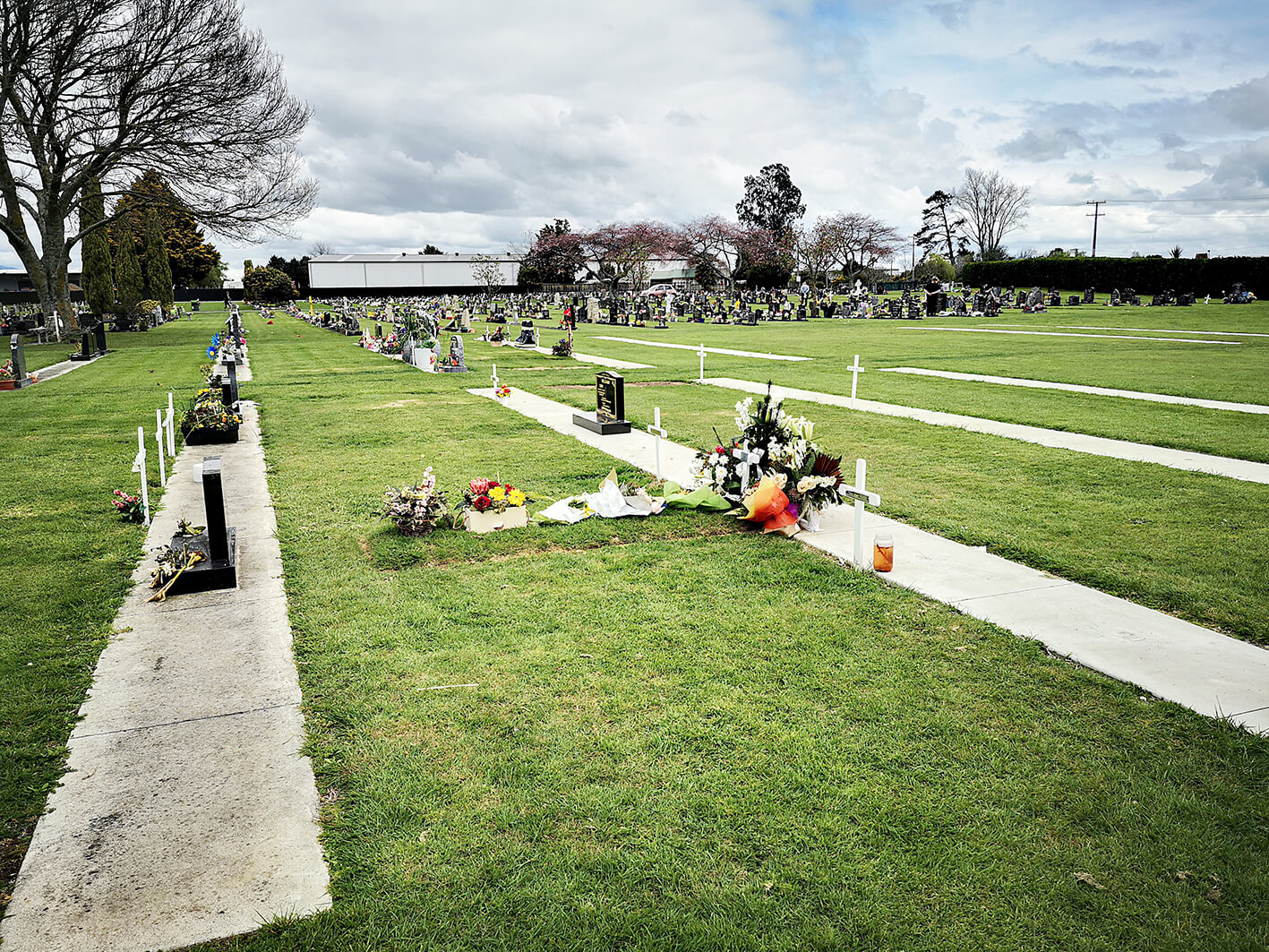
Concept plans for Waipā’s 10 cemeteries have been unveiled revealing nearly two thirds of residents prefer a body burial rather than cremation.
They also show Te Awamutu, Hautapu and Paterangi cemeteries could be full within five to 10 years.
The plans were presented to the Cambridge Community Board at its first meeting of the year last night (Wednesday) – after The News went to press.
They will go to the council’s Service Delivery committee and Te Awamutu Community Board next week for comment before going out to the public.
It is the first time the council has engaged with the community and mana whenua on long-term plans for each cemetery, Xyst senior consultant Anna McElrea says in her report.
“Historically Waipā cemeteries have been created without local mana whenua involvement or consideration.”
Three cemeteries – Hautapu (4.69ha), Leamington (2.85ha) and Te Awamutu (4.78ha) – account for 90 per cent of the district’s interments.
The other council cemeteries are in Kihikihi (2.44ha), Ōhaupō (3.15ha), Paterangi (0.36ha), Pirongia (3.21ha), Puahue (0.71ha), Pukeatua (1.06ha) and Pukerimu (2.24ha).
The cemeteries offer four types of interment options: headstone burial, lawn ash interment, memorial gardens/gardens of remembrance and natural burials.
Only Leamington offers natural burials which returns the body to the earth as quickly as possible. The body cannot be embalmed and is buried within the active soil layer, no deeper than 800m.
To use the available cemeteries space, the report says future options could include:
- Natural burials at other cemeteries.
- Increasing ash interments within lawn grave plots.
- Walls of remembrance or niche walls where ashes are placed within the wall and covered with a plaque. These can range in size and style but are a very efficient use of space and should be supported with landscaping and seating.
- Lawn areas with mass ash interments and names on a concrete beam on the edge of a lawn area.
- Ash interments within pre-prepared soil pods (or other similar eco ash interment) and placed in designated native restoration area.
- Memorial walls where names are placed on the wall (ashes interred or scattered elsewhere in cemetery or remain with family).
- Should legislation change other alternatives such as renewable interments and disposal options for water cremation or ashes from alkaline hydrolysis.
The council had pre-concept consultations with mana whenua, funeral directors and the Returned Services Association (RSA) plus undertook a public survey over four weeks last year.
The draft concept plans were then prepared and will be the ones that go out for consultation. They should be finalised by June.










